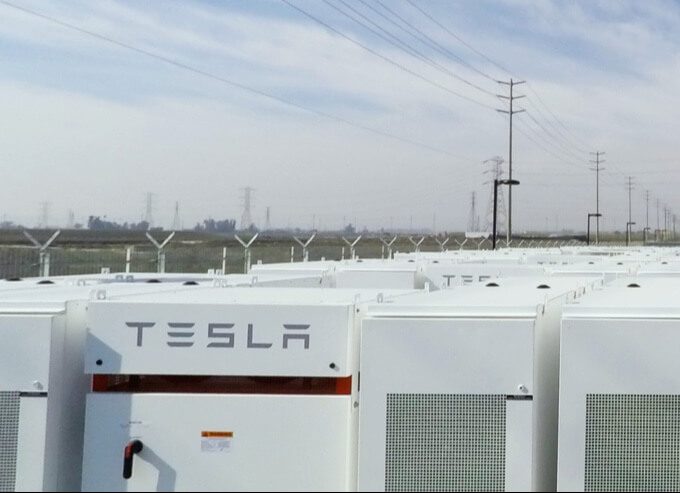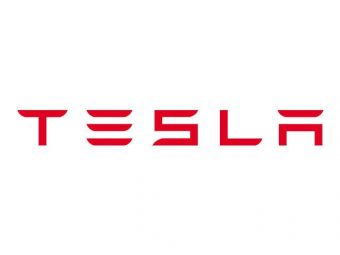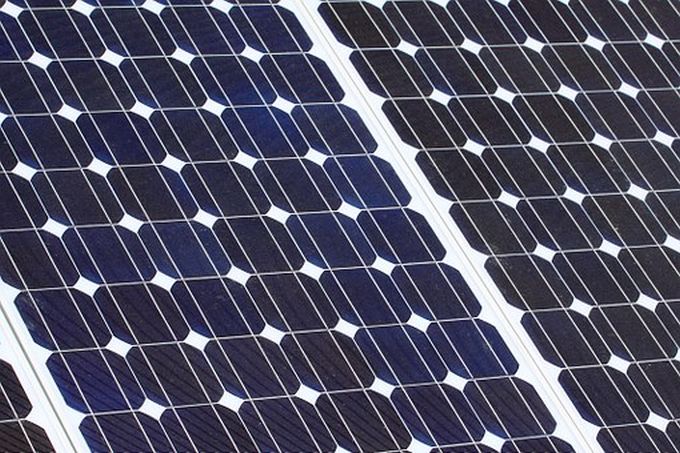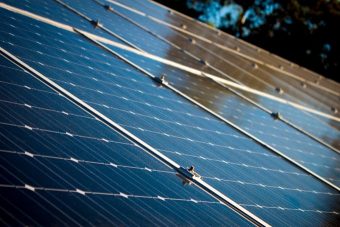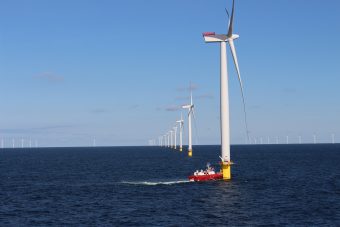
The EUROCITIES Knowledge Society Forum (KSF) and the Green Digital Charter (GDC) jointly hosted the conference ‘Cities in transition – the role of digital in shaping our future cities’ on 25 January 2017. The event, held in the Microsoft Innovation Centre in Brussels, brought together over 100 participants, including civil servants, smart city experts, delegates from the EU institutions and partners and representatives from the private sector.
The opening plenary session, moderated by Dorthe Nielsen, EUROCITIES policy director, enabled local politicians to share their ‘smart city’ visions and expectations of the recently-established Urban Agenda partnership on digital transition. This session included an exchange of views between the cities of Eindhoven, represented by Mary-Ann Schreurs, deputy mayor for innovation; Milan, represented by Roberta Cocco, alderman on digital transformation; Oulu, represented by Eero Halonen, chairman of the economic development board; and Rome, represented by Flavia Marzano, alderman on smart city and innovation. The discussion enabled participants to better understand cities’ priorities in this new urban partnership, especially with regards to data management issues, including the opening of data, data privacy and security, standards and interoperability of systems within as well as between cities.
Eddy Hartog, head of unit for smart mobility and living at European Commission DG CNECT, described the future solutions that need to be developed – including a one-stop-shop for cities – in order to improve multilevel collaboration on urban policies within the European Innovation Partnership on Smart Cities and Communities (EIP-SCC).
Kaja Kallas (MEP, EST, ALDE) delivered a a keynote speech in plenary, during which she stressed the importance of the digital economy and energy efficiency in Europe’s development.
Source: greendigitalcharter.eu




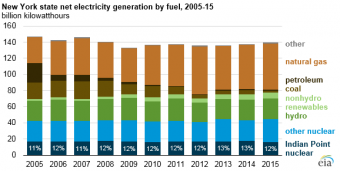 In January 2017, Entergy Nuclear and the state of New York reached an agreement to retire the two nuclear reactors at the Indian Point Energy Center, located in Buchanan, New York, about 25 miles north of New York City. Indian Point is one of four nuclear power plants in New York state and accounts for about 12% of total electricity generated from all sources statewide. Under the agreement, Entergy will retire one reactor in April 2020 and the other in April 2021.
In January 2017, Entergy Nuclear and the state of New York reached an agreement to retire the two nuclear reactors at the Indian Point Energy Center, located in Buchanan, New York, about 25 miles north of New York City. Indian Point is one of four nuclear power plants in New York state and accounts for about 12% of total electricity generated from all sources statewide. Under the agreement, Entergy will retire one reactor in April 2020 and the other in April 2021.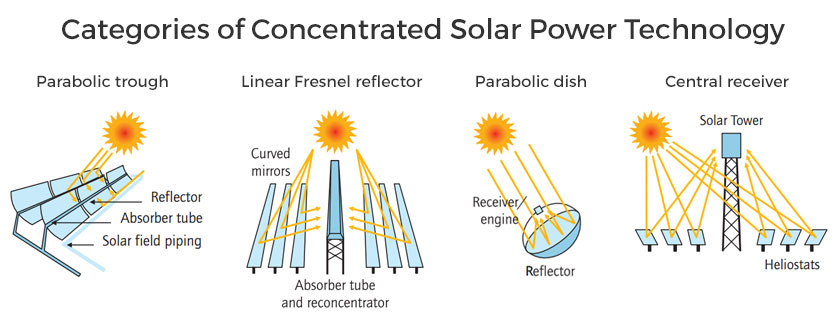
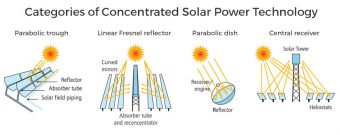 To reduce the use of non-renewable groundwater and still meet growing water needs, the production of desalinated seawater in the MENA region is projected to be 13 times higher in 2040 compared to 2014. Traditionally, desalination has been powered by oil or natural gas, or is based on reverse osmosis, which requires significant quantities of electricity.
To reduce the use of non-renewable groundwater and still meet growing water needs, the production of desalinated seawater in the MENA region is projected to be 13 times higher in 2040 compared to 2014. Traditionally, desalination has been powered by oil or natural gas, or is based on reverse osmosis, which requires significant quantities of electricity.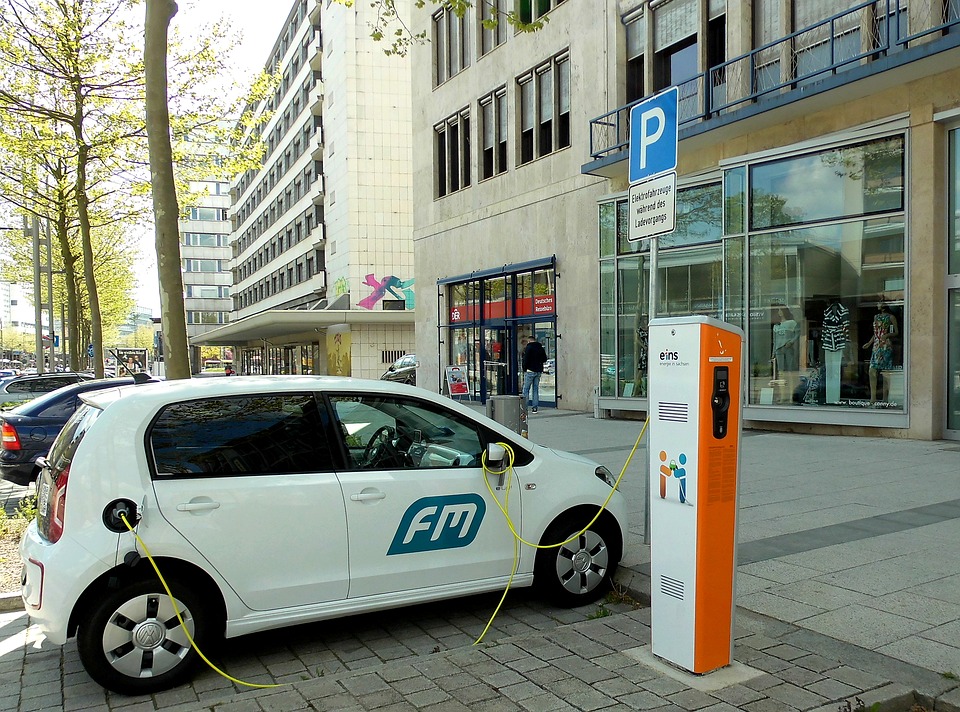
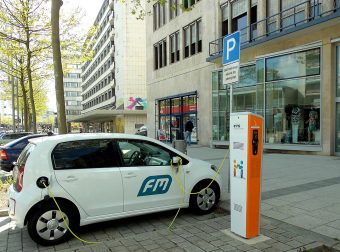
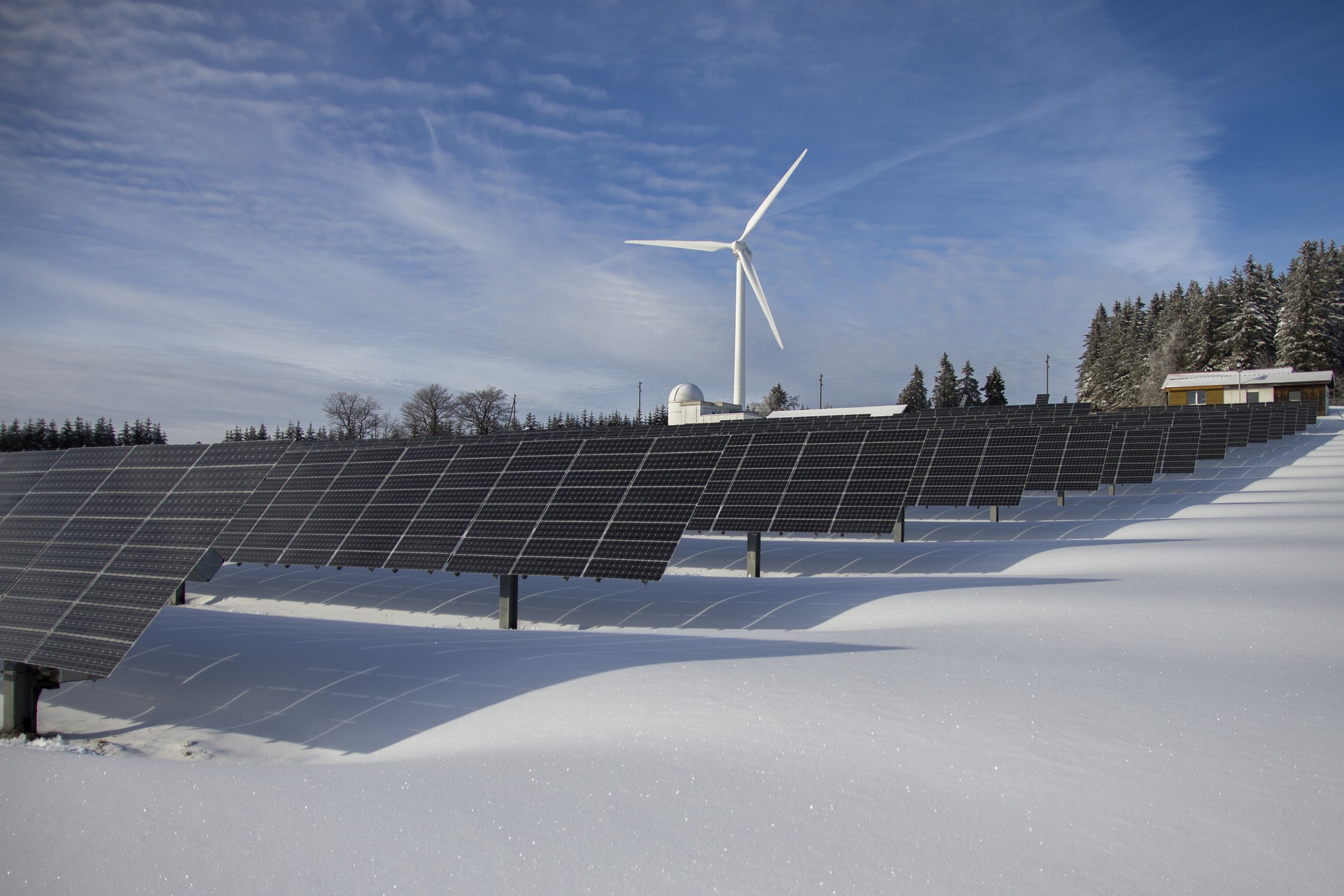



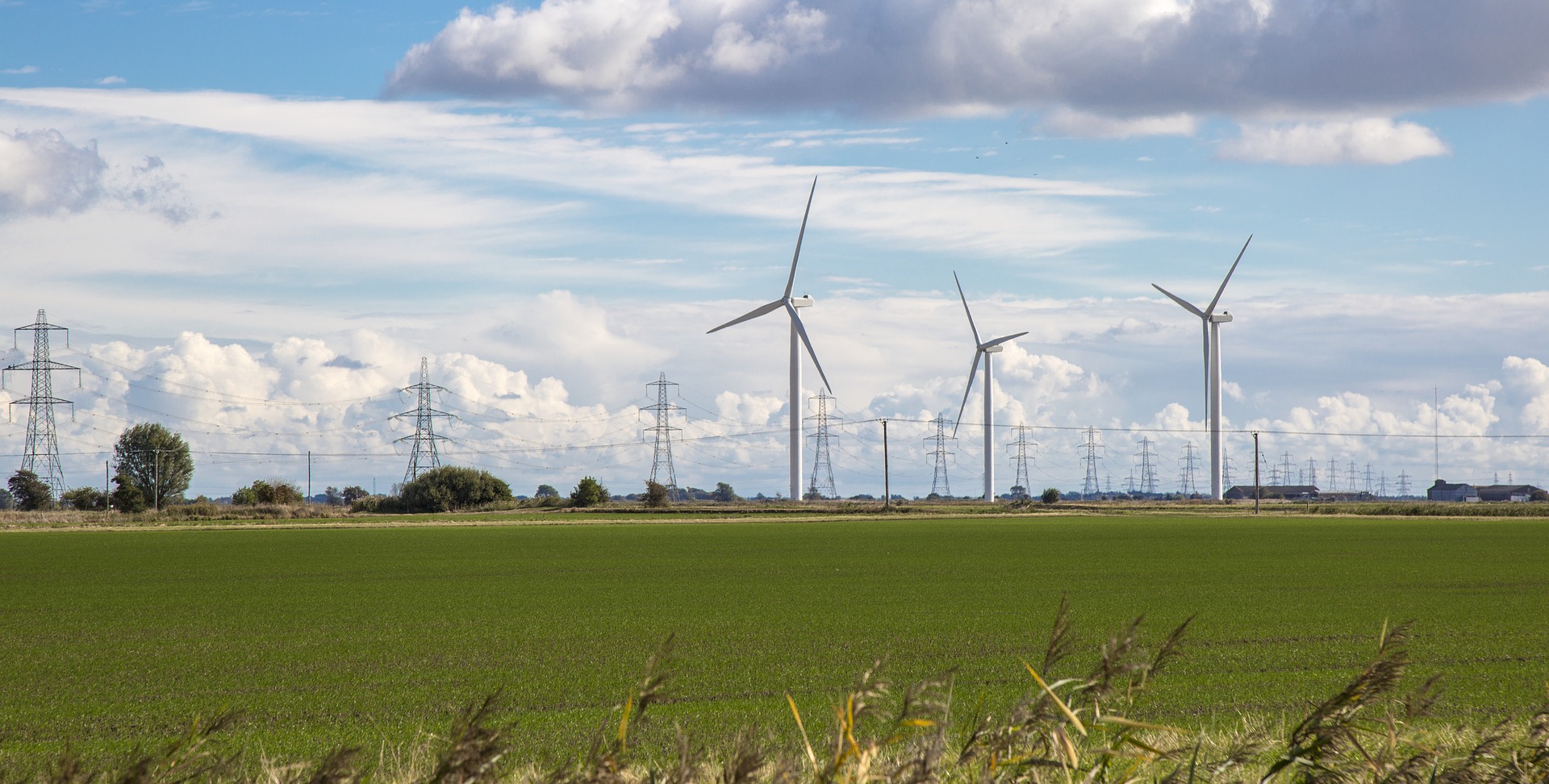

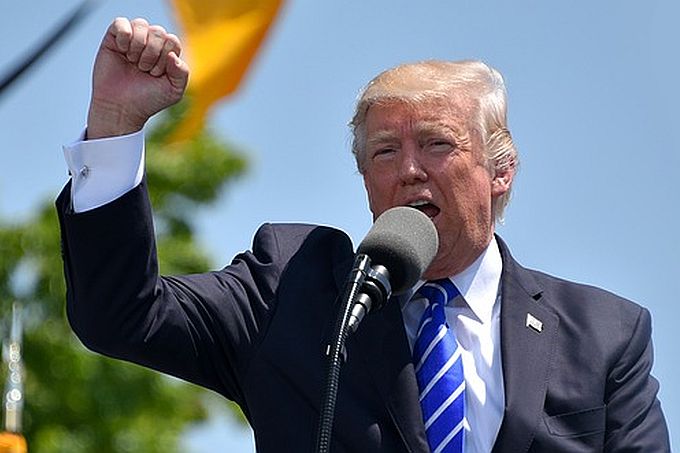
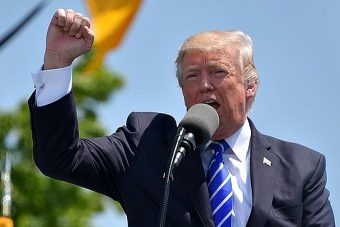

 2nd February each year is World Wetlands Day. This day marks the date of the adoption of the Convention on Wetlands on 2. February 1971, in the Iranian city of Ramsar on the shores of the Caspian Sea.
2nd February each year is World Wetlands Day. This day marks the date of the adoption of the Convention on Wetlands on 2. February 1971, in the Iranian city of Ramsar on the shores of the Caspian Sea.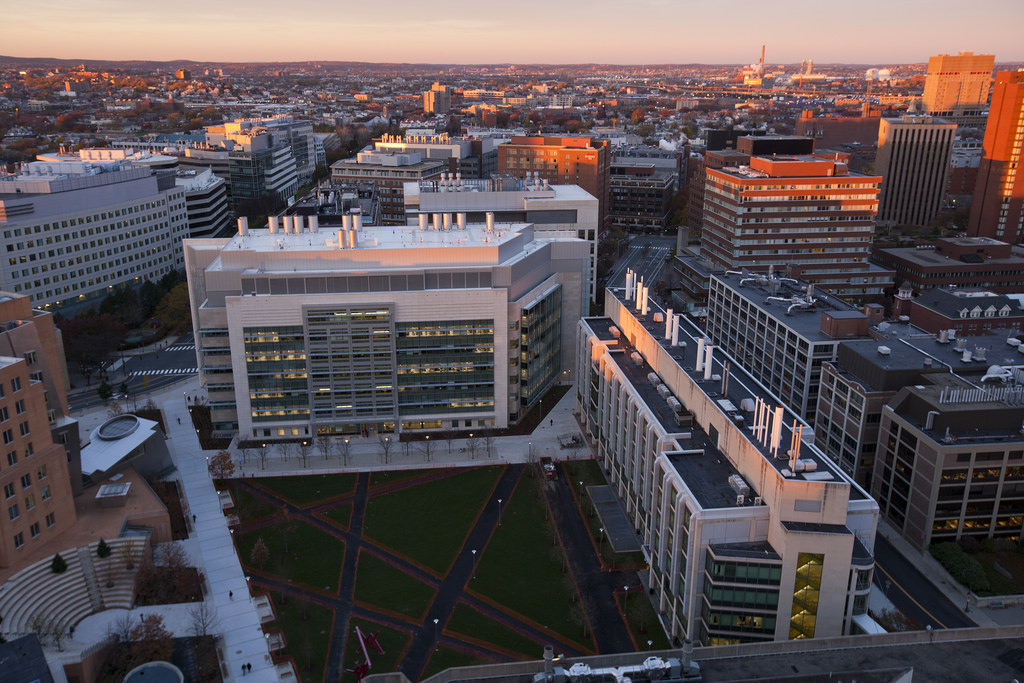
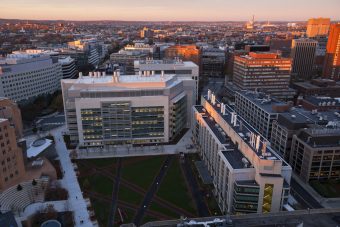


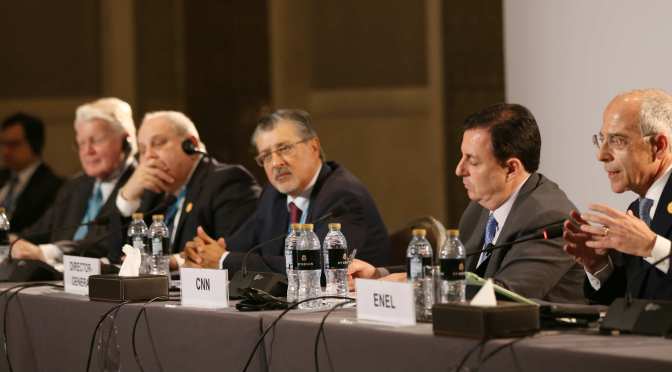
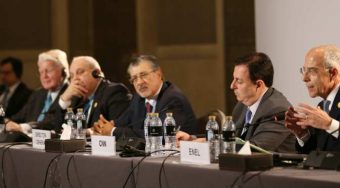 Renewable energy, for three years running, has accounted for more new power generation capacity installed worldwide than all other sources combined. In 2015, over USD 270 billion were invested in solar PV and wind power, boosting capacity by 47 GW 63 GW respectively. This capacity is expected to only grow and efforts are now focusing on implementing an innovative enabling framework to integrate these technologies at the scale needed. But that is not a simple task and questions still remain: what technologies and tool are part of the power sector transformation? What still needs to be developed? And how can IRENA assist?
Renewable energy, for three years running, has accounted for more new power generation capacity installed worldwide than all other sources combined. In 2015, over USD 270 billion were invested in solar PV and wind power, boosting capacity by 47 GW 63 GW respectively. This capacity is expected to only grow and efforts are now focusing on implementing an innovative enabling framework to integrate these technologies at the scale needed. But that is not a simple task and questions still remain: what technologies and tool are part of the power sector transformation? What still needs to be developed? And how can IRENA assist?